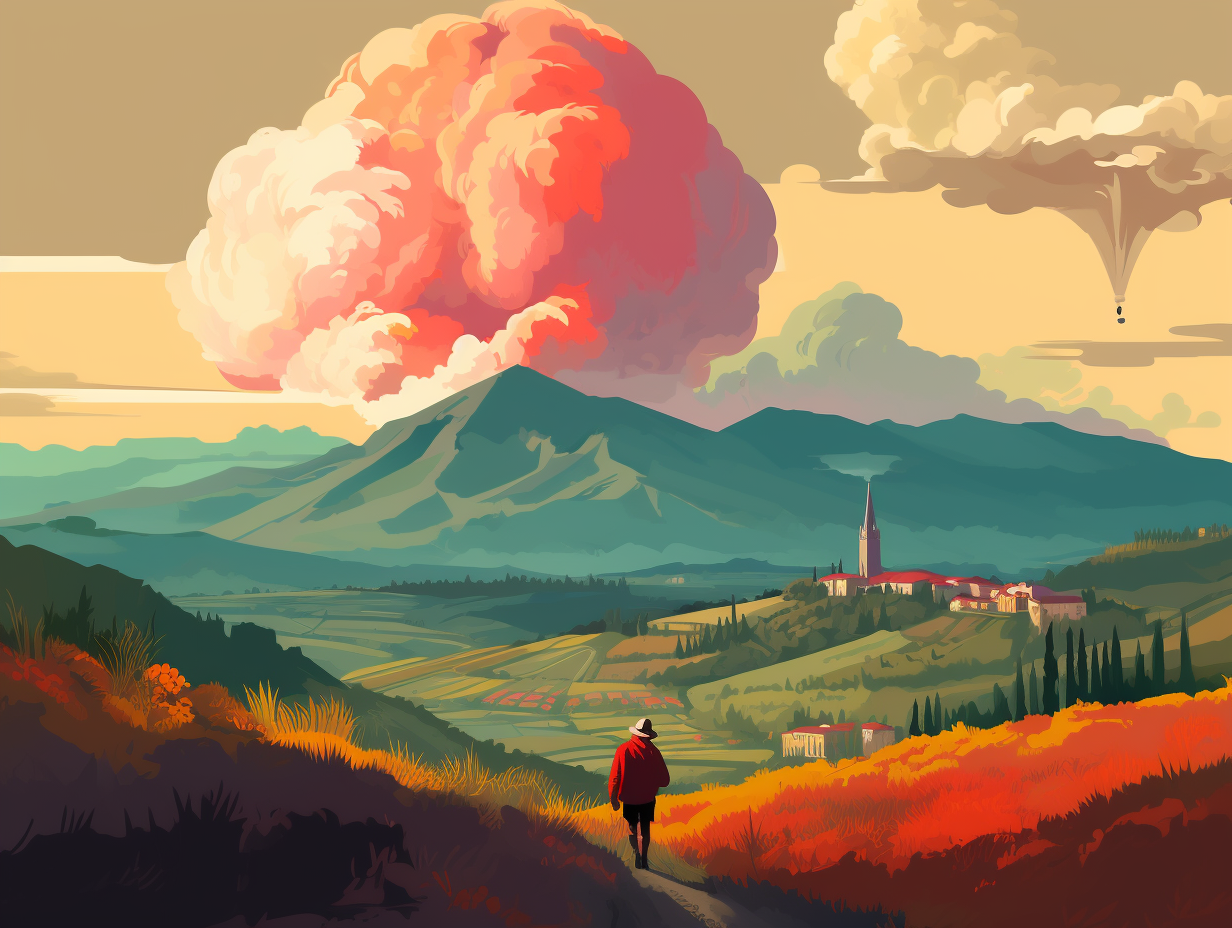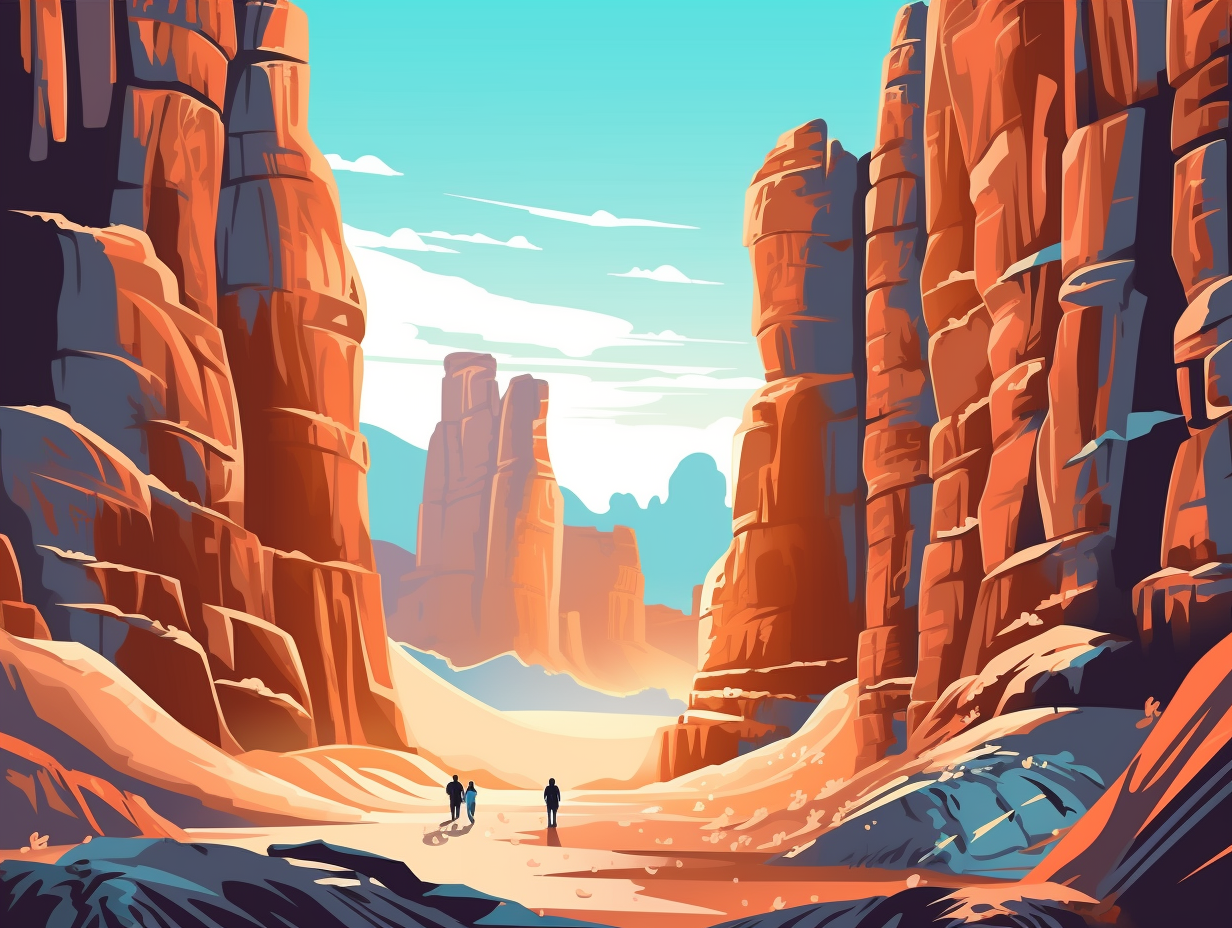Discover the Top 11 Amazing Fun Facts About Mount Etna That Will Ignite Your Curiosity

1. Tipsy Volcanic Giant
Etna, the tipsy giant of Sicily, guzzles through vineyards, cultivating grapes for the Gods to toast with heavenly wine, and never hesitates to belch a fiery spectacle for its mortal fans below: As Europe's tallest and one of the world's most active volcanoes, Mount Etna's fertile soils support expansive agricultural communities, earning it a noteworthy title of a Decade Volcano by the United Nations and a spot on UNESCO's World Heritage list in 2013.
Source => earth.esa.int
2. Explosive Grand Entrances
Mount Etna must think it's the life of the party, always making explosive grand entrances: It's one of the world's most active volcanoes with over 200 eruptions in 3,500 years, including a recent showstopper on Dec. 14, 2020, that forced nearby airports to close and offered quite the spectacle of lava fountains and flows visible from local villages and captured by NASA's Landsat 8 satellite.
Source => livescience.com

Discover nature's incredible candle-making class with Mount Fuji's lava caves and quirky tree molds, where molten lava engulfs trees and leaves behind astonishing geological formations. Uncover the secrets of ancient forests and volcanic activity!
=> Fun Facts about Mount-Fuji
3. Eruptive Wine Tasting
Who said drinking wine couldn't be groundbreaking? As it turns out, sipping on a glass from the slopes of Mount Etna might just leave you with an eruptive appreciation for volcanic vino: Mount Etna's fertile volcanic ash creates an ideal environment for wine production, making the region one of Italy's eno-tourism hotspots. Sicily boasts 98,000 hectares of vineyards and offers grapes like Grillo and Nero d'Avola, while the slopes of Etna provide excellent wine-tasting experiences.
Source => thetourguy.com
4. Prehistoric Hotspot
Before the dawn of Netflix and chill, Mount Etna was the hot spot for prehistoric date nights: Archaeological evidence reveals human presence on the slopes during the Middle Neolithic period around 5500 BC, with an intensification between the Late-Final Copper Age and the Early Bronze Age, between 2800-1450 BC, due to improved farming techniques and suitable soils on lava flows for sheep farming.
Source => academia.edu

5. Kaboomtown Pyrotechnics
Who needs fireworks when you've got a "pyrotechnic" titan putting on spectacular shows for millennia right on a mountainside? Mother Nature's got her own ticket to Kaboomtown: Mount Etna is famous for its strombolian eruptions, spewing out ash, tephra, and lava fountains so consistently that for over 2,000 years, locals from Catania have turned it into a natural firework display by grabbing chairs and relishing the brilliantly glowing lava painting the sky.
Source => livescience.com
6. Cyclopes' 5-Star Workshop
If Cyclopes crafted Yelp reviews, Mount Etna would be a solid 5 stars: Renowned as the legendary workshop of the one-eyed, Zeus-smiting blacksmiths in Greek mythology, the mountain's volcanic cradle also boasts rich lava stone terraces that produce delectable wines like Nerello Mascalese and Carricante, aromatically infused with a hint of sea breeze.
Source => tenutedeiciclopi.it
7. Building Rome vs. Erupting Etna
When life gave Mount Etna lemons in 1669, it made lava-nade so explosive that it reached the city walls of Catania: However, contrary to popular belief, no villages were buried under 65 feet of lava, and while the eruption did cause destruction and evacuation, Catania's walls held up, showcasing the resilience of both human settlements and nature's fireworks.
Source => en.wikipedia.org
8. Lava-n High Life with Grapevines
It's been said that Rome wasn't built in a day, but Mount Etna might just erupt in one: This European hotspot – Europe's tallest active volcano, in fact – has an impressive resume of almost non-stop explosiveness, with its summit craters frequently partying like it's 79 AD and lava flows spilling onto the scene like the world's most fiery red carpet.
Source => unescoparcoetna.it
9. Grapevolution on the Slopes
If grapevines could talk, they'd probably be bragging about the fact that they've been chilling and lava-n the high life on Europe's largest volcanic diva: Mount Etna is home to around 70% of wineries that cultivate the Nerello Mascalese grape variety, making it the chief grape in the region. Thanks to these boisterous volcanic soils and varying micro-climates, the wines produced on Etna's slopes showcase exceptional minerality and vibrant acidity, offering flavors that truly erupt in the mouth. With reds and whites that rival the finest in Italy, Etna's wines are certainly sparking a grapevolution in the world of wine.
Source => authenticfoodquest.com

10. Martian Playground Test Site
Who needs a trip to Mars when you have a volcano in Italy: Skypersonic, a NASA-contracted company, recently tested their Skycopter drone on Mount Etna—whose landscape eerily resembles the Martian terrain—equipped with a Long Range Real-Time Remote Piloting System that enabled real-time control from Houston, Texas, even sans GPS. The 15-day validation mission involving rover sample collection proved successful and essential for future Martian robotic explorations, making Mount Etna a "red planet" playground—an undeniable blast!
Source => newequipment.com
11. Volcanic Casanova's Dating Profile
If Mount Etna had a dating profile, it would read: "Tall, active, occasionally hot-headed, and lover of diverse landscapes. Seeking adventurous souls ready to explore and appreciate all my layers": Mount Etna, Europe's highest active volcano at 3,300 meters, establishes Sicily's first regional park in 1987, drawing visitors worldwide for its stunning forests, alpine climate, and over 800 animal species. But beware, this volcanic Casanova has a sizzling temper with regular eruptions that alter the surrounding terrain.
Source => apieceofsicily.com
Related Fun Facts




















